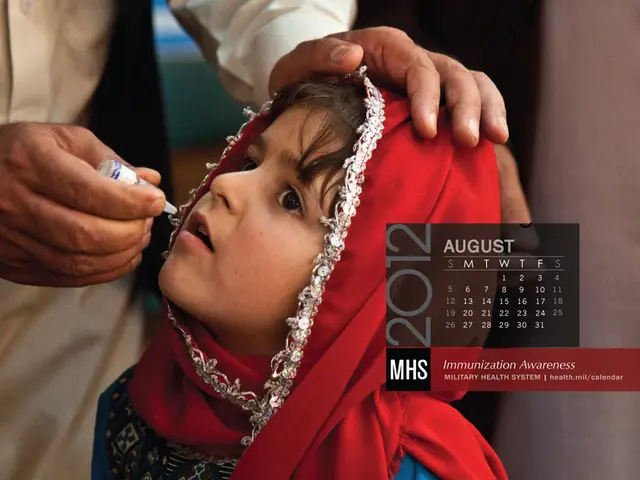Distinguishing Age Spots from Skin Cancer: Identification Guide
Age Spots, Skin Cancer, and Actinic Keratosis: Understanding the Differences
Age spots, a common skin condition, can resemble some types of skin cancer or precancerous growths. The primary distinction between age spots and skin cancer lies in their nature, as age spots are harmless while skin cancer can be harmful and require treatment.
Age Spots: Characteristics and Causes
Age spots, also known as solar lentigines or liver spots, are small, darkened patches on the skin that generally appear flat and smooth. They are usually yellow, brown, or gray and have clearly defined borders. These spots develop when the body produces excessive melanin as a response to sunlight, causing the skin to darken. Age spots are most prevalent on areas of the skin exposed to sunlight, such as the face, hands, shoulders, feet, arms, and back. While they are not harmful, individuals may choose to seek treatment for cosmetic reasons.
Skin Cancer: Identifying the signs and Types
Skin cancer is a harmful condition caused by damage from UV radiation or environmental factors. Like age spots, skin cancer often appears on sun-exposed areas. The three most common types of skin cancer are:
- Basal cell carcinoma: This type appears as raised, smooth, and shiny or pearly growths.
- Squamous cell carcinoma: These growths may be firm and scar-like or raised and red.
- Melanoma: This is the most dangerous type of skin cancer, often appearing as a mole with irregular borders, multiple colors, or changes in size, shape, or color.
Actinic Keratosis: A Precancerous Condition
Actinic keratosis (AK) is a precancerous growth caused by UV radiation damage. Though it may look like an age spot, AK can be a sign of skin cancer if left untreated. Symptoms of AK include rough, red, or brown patches on the skin that may be flat or raised and can appear in clusters. These patches can cause itching or burning sensations.
When to Seek Medical Attention
Individuals should consult a doctor if they notice any new or changing marks on their skin. While age spots do not require treatment, it is essential to monitor any suspicious growths for potential signs of skin cancer. Seek medical advice if a growth:
- Changes in color, shape, size, or location.
- Looks different from other marks on the skin.
- Itches, crusts, scabs over, or bleeds and does not heal within four weeks.
Diagnosis and Treatment
A doctor or dermatologist will perform a physical examination of any suspicious growth to diagnose age spots, skin cancer, or actinic keratosis. If necessary, a skin biopsy may be performed to test for other conditions. Treatment options for age spots include creams, lotions, laser treatments, cryosurgery, microdermabrasion, and chemical peeling. Skin cancer treatments vary based on the type and stage, with potential options including surgery, radiation, chemotherapy, and topical therapies. Actinic keratosis treatments include cryotherapy, topical treatments, and photodynamic therapy.
In conclusion, while age spots, skin cancer, and actinic keratosis can resemble one another, it is crucial to understand the essential differences between them. Paying close attention to the size, shape, texture, and color of marks on the skin, as well as their symptoms, can help individuals identify which condition is present and when to seek medical attention. Early detection and treatment can improve health outcomes and make it easier to manage these conditions.
- Dermatology and oncology often overlap in the field of medical-conditions related to skin-care and health-and-wellness, specifically in the detection and treatment of skin cancer, such as melanoma and otherskin cancer.
- Seniors, being more susceptible to skin damage from the sun, should be particularly vigilant in monitoring their skin for any signs of skin cancer, actinic keratosis, or age spots.
- Science continues to advance in understanding various skin-conditions and their impact on overall health, paving the way for improved diagnostic techniques and treatment options in oncology and dermatology.
- Skin-care Routines often incorporate age spot prevention strategies, such as sun protection, as a means of addressing both the cosmetic and health aspects of these common skin-conditions.
- When addressing skin conditions like age spots, skin cancer, or actinic keratosis, it is advisable to consult professionals in their respective fields, whether that be a general practitioner, dermatologist, or oncologist.








